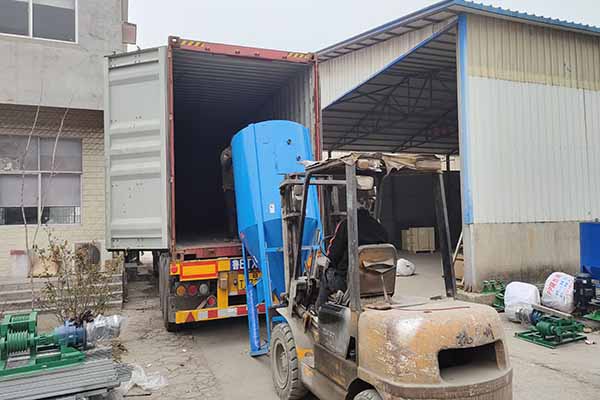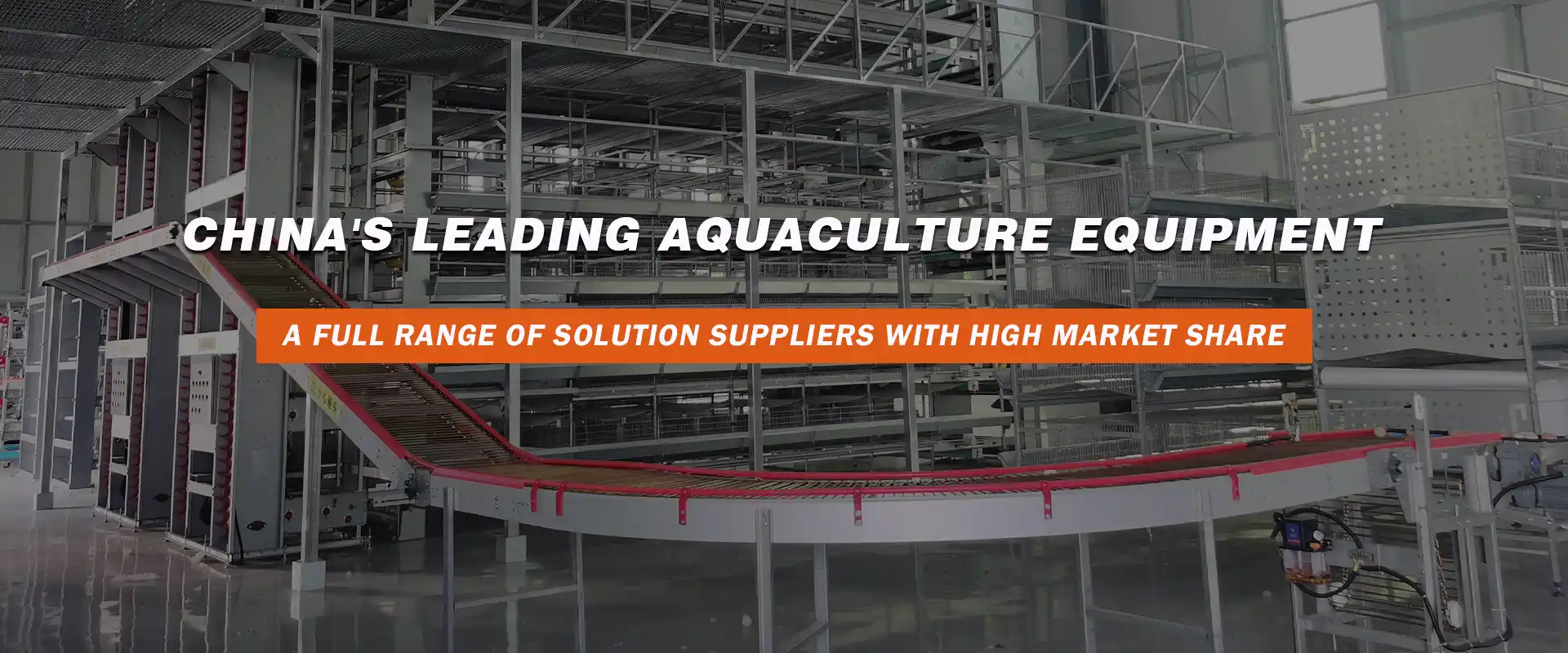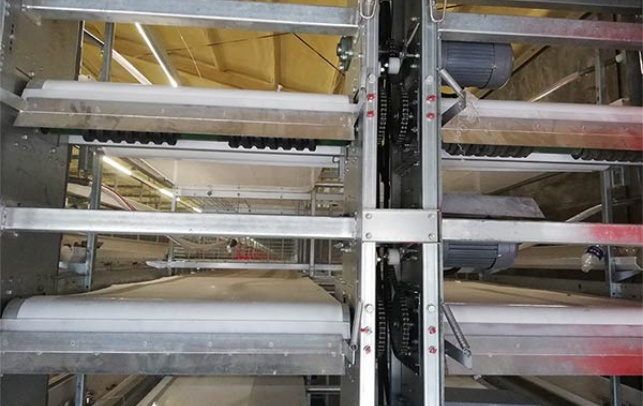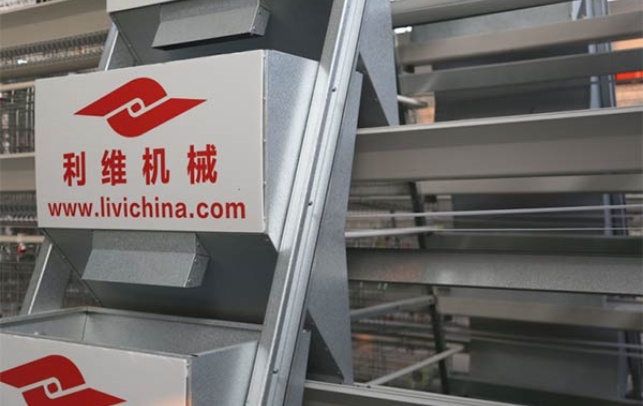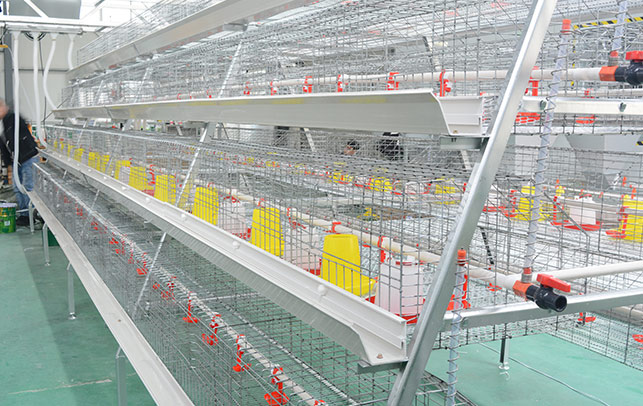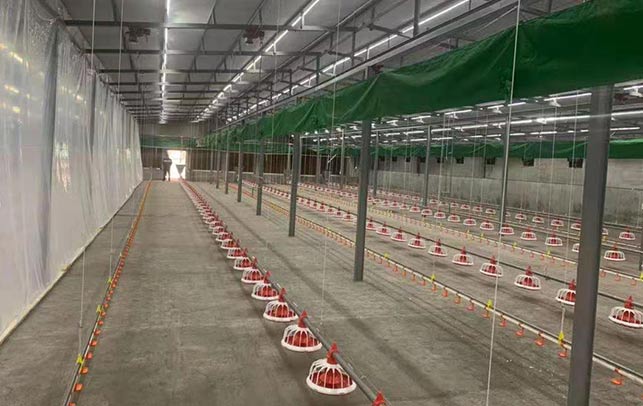Long-Term Cost Analysis of Automation Equipment for Chicken Farms in Uganda: An Insight from Livi Machinery
Time : 2025-07-23
As a leading poultry equipment manufacturer from China, Livi Machinery has been at the forefront of delivering innovative solutions for chicken farms worldwide, including those in Uganda. In this article, we delve into the long-term cost analysis of automation equipment for chicken farms in Uganda, focusing on the benefits and considerations that come with adopting such technology.
—
The poultry industry in Uganda has been witnessing significant growth, driven by increasing demand for high-quality chicken meat and eggs. Automation has become a crucial element in modern poultry farming, offering efficiency, accuracy, and improved animal welfare. In this context, the long-term cost analysis of automation equipment becomes vital for farm owners to make informed decisions.
Understanding the Landscape
Uganda’s chicken farming landscape is diverse, ranging from small-scale family farms to large-scale commercial operations. The adoption of automation equipment varies widely depending on the scale and resources of the farm. However, the trend is undoubtedly moving towards increased automation, especially in larger setups.
The Role of Livi Machinery
Livi Machinery has a proven track record in providing high-quality poultry farming equipment that is tailored to meet the specific needs of different farms. Our range of automation equipment includes:
– Feeding systems
– Drinking systems
– Egg collection systems
– Environmental control systems
– Waste management systems
Initial Investment: The Upfront Cost
The initial investment in automation equipment can be substantial. At Livi Machinery, we offer solutions that cater to various budget sizes, but it’s important to note that the cost can range from a few thousand to tens of thousands of dollars, depending on the scale of the farm and the specific equipment required.
This upfront cost is often a major concern for farm owners. However, it’s crucial to consider the long-term benefits that outweigh the initial investment.
Long-Term Benefits
1. Increased Efficiency: Automation reduces the time and labor required to manage the farm, allowing for more focus on other critical areas such as marketing and farm expansion.
2. Improved Animal Welfare: Automation ensures a consistent and controlled environment for the chickens, reducing stress and promoting better health.
3. Reduced Feed Waste: Automated feeding systems can accurately control the amount of feed given to the chickens, minimizing waste.
4. Cost Savings on Labor: While the initial investment is high, the reduction in labor costs over time can be significant, especially for large farms.
5. Enhanced Egg and Meat Quality: A consistent and controlled environment helps in producing healthier chickens, leading to better-quality eggs and meat.
Long-Term Cost Analysis
To conduct a long-term cost analysis, we need to consider several factors:
1. Initial Investment: This includes the cost of purchasing the equipment, installation, and any necessary training.
2. Operational Costs: These include energy consumption, maintenance, and replacement parts.
3. Labor Costs: Reduced labor costs over time due to increased efficiency.
4. Productivity Gains: Increased output per unit of input (e.g., more eggs or meat produced per chicken).
5. Egg and Meat Prices: The potential increase in prices due to better product quality.
By comparing these factors, we can determine the overall cost-effectiveness of automation over the long term.
Case Study: A Ugandan Chicken Farm
Let’s consider a hypothetical case of a medium-sized chicken farm in Uganda. By analyzing the farm’s operational data before and after implementing Livi Machinery’s automation equipment, we found the following:
– The initial investment in automation was $25,000.
– Over the first year, the farm saved $10,000 on labor costs.
– Energy consumption increased slightly, but the overall operational costs remained stable.
– The farm experienced a 15% increase in egg production and a 10% increase in meat quality.
After conducting a detailed cost-benefit analysis, it was found that the farm would recover its initial investment within 2.5 years and enjoy a positive cash flow thereafter.
Conclusion
The long-term cost analysis of automation equipment for chicken farms in Uganda clearly demonstrates the benefits of investing in such technology. While the initial investment can be high, the long-term savings and increased efficiency make it a viable option for farm owners looking to enhance their operations.
At Livi Machinery, we understand the unique challenges and opportunities in the poultry industry, especially in regions like Uganda. Our commitment is to provide high-quality automation equipment that not only meets the needs of today but also supports sustainable growth for the future.
—
